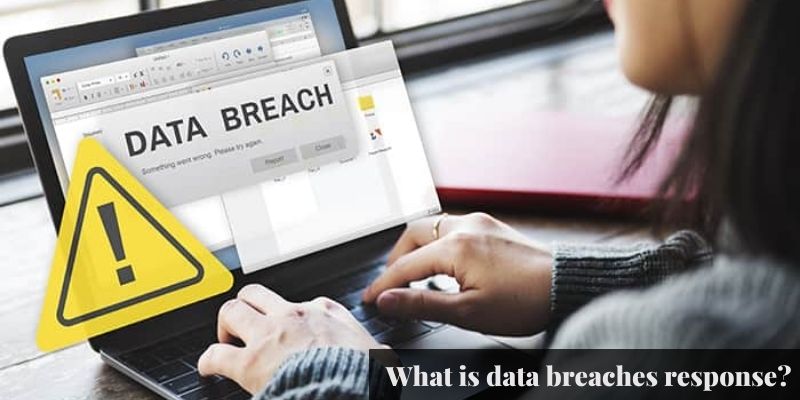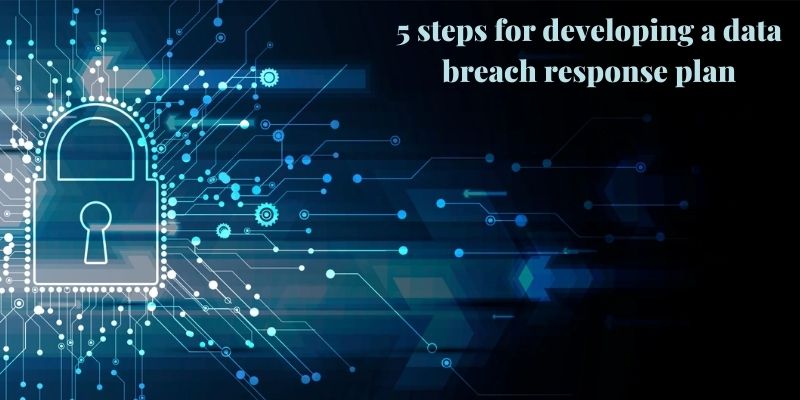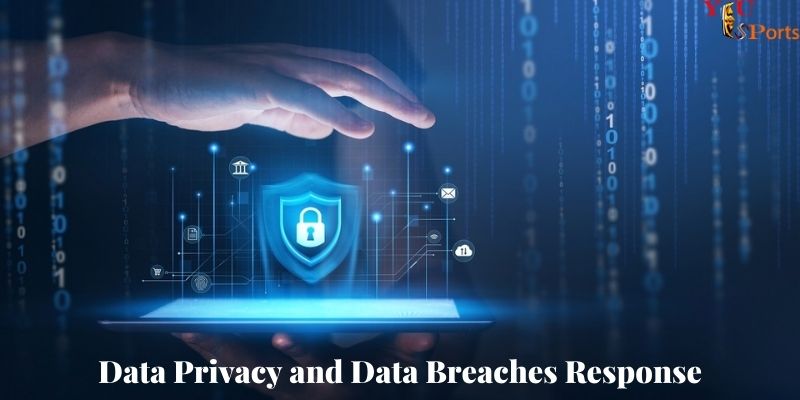Data privacy and data breaches response have the importance of a business. In this article, yeuesports.com will discuss data privacy and data breaches response.
What is data privacy? – Data privacy and data breaches response
Data privacy is the capacity to manage when, how, and how much personal information about oneself is shared with or transmitted to others. Personal information includes things like a person’s name, home address, phone number, and online and offline behavior. Similar to how someone might want to exclude some people from a private discussion, many online users want to control or limit the collection of particular types of personal data.

The importance of data privacy has increased along with the use of the Internet. Websites, programs, and social media platforms commonly need to collect and store personal data about users in order to provide services. However, some platforms and applications might collect more data and exploit it in ways that customers had not anticipated, providing users less privacy than they had intended. The data that other platforms and apps collect could not have the appropriate security measures in place, which could result in a data breach that violates user privacy.
What is data breaches response? – Data privacy and data breaches response
All businesses experience data breaches. If the attacker is sufficiently skilled or motivated, they can overcome even the most effective defensive layers, such as endpoint and managed detection and response, multifactor authentication, and employee awareness training programs.

The key to reducing and managing the effects of a breach, as well as to better preparing your organization for the future, is having a data breach response strategy in place.
What is a data breach response plan?
A data breach response plan is a document that specifies how an organization will react in the event of a data breach. It explains what information security and cybersecurity incidents are, who is engaged and how to contact them, what to do in the event of a breach, and what to do afterward.
Your company’s ability to recover both quickly and permanently is dependent on how it handles the security incident. Customers and regulatory authorities will see that you can recover from the breach without it having a significant negative impact on your company if you handle it professionally and calmly. However, if you react chaotically and panickedly, you will lose the faith of your clients and hinder your company’s capacity to bounce back.
5 steps for developing a data breach response plan
The following five actions should be included in a data privacy and data breaches response strategy at the highest level.
1. Preplanning exercises
Before creating the strategy, perform a risk assessment and use security policies to categorize what counts as a breach, including what may be impacted (data, people, applications, and systems) and different cyber attack scenarios (such as ransomware, phishing, and credential theft). Incorporate the data breach response team’s triggers.
The procedure for locating and containing the breach should be started with the help of the data breach response plan.
2. Define response teams and members
List the team members, their roles, and their contact information for the data breach response effort. Along with members of the executive team, this should also include officials from the IT, legal, HR, client teams, marketing, and communications departments.
3. Create a contact list
Make a list of contacts and specify who and when should contact regulatory authorities. A list of the companies to contact and when should also be included. Insurance, legal counsel, cybersecurity experts, outsourced IT providers, and PR may be included.
4. Create a communications plan
Create a communications plan that includes prepared statements for the press, staff, and clients. Depending on how the breach affects the system, this plan should be flexible. It must think about when and how statements ought to be made public. It’s also important to consider the timing of these disclosures; you don’t want to acknowledge a data breach until you have enough information about it, but you also don’t want to wait so long that rumors start to circulate.
5. Perform incident response
If an occurrence is reported to the data breach response team and it fits the requirements for a breach as stated in step one, start the incident response process.

This includes the following:
- keeping a detailed log of all activities;
- initiating incident containment and eradication procedures;
- activating data loss and recovery procedures;
- notifying the appropriate parties, such as the affected parties and persons, law enforcement, regulatory bodies, and the media;
- after the breach has been contained, adhering to data security protocols, such as calling for password changes;
- analyzing the breach to determine how it happened;
- reducing any weaknesses to stop future occurrences;
- for instance, sending follow-ups to reassure impacted clients;
- assessing the breach response and modifying or upgrading the response strategy.
Other steps to consider
The following actions may also be taken into consideration:
- A strategy for recovering crucial systems and data in the event that ransomware was used in the hack;
- The process for how this would be allowed and carried out; discussion of whether the firm would pay a ransom charge if data was irretrievably lost or in danger of being made public;
- To make sure the incident response team is involved and aware of its responsibilities, test the response plan frequently using various scenarios. Be careful to update the plan with any lessons discovered following defense breaches and recovery attempts.
Recovery involves more than just being able to recover data and resume working; it also involves the company’s reputation and brand. Companies who handled security breaches in an unprofessional way have lost a lot of consumers or seen their stock values suffer. The expense of creating a data breach response plan is significantly outweighed by the cost of downtime.
One other thing: Avoid keeping the response strategy on your primary computer network. You won’t be able to view the file if ransomware has encrypted the network. Ascertain that each member of the response team has a paper copy and a means of getting in touch with the others outside of the team’s internal email or messaging platforms.
